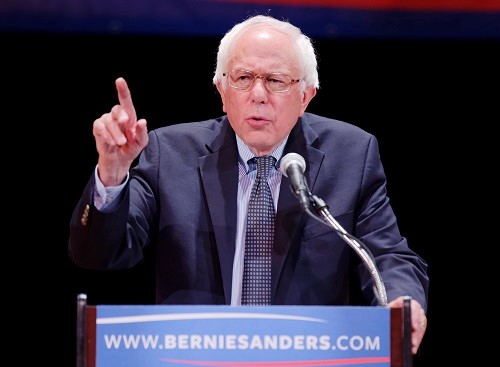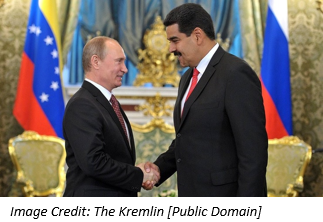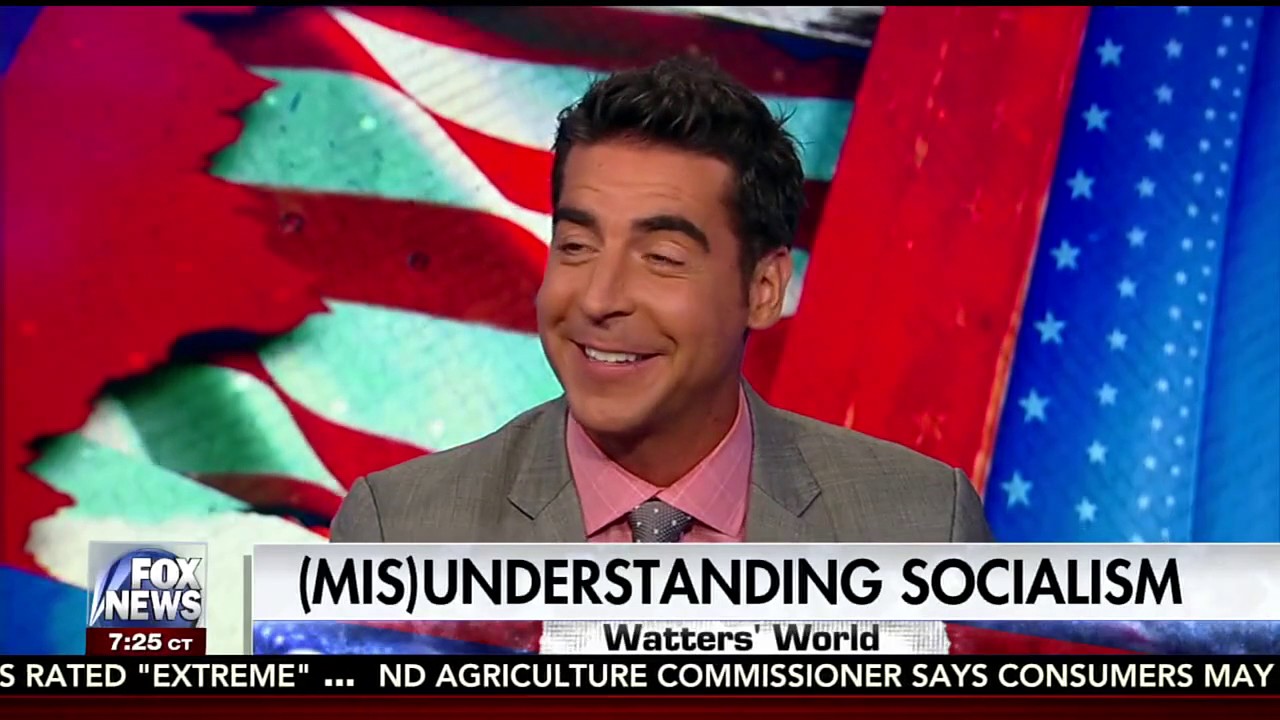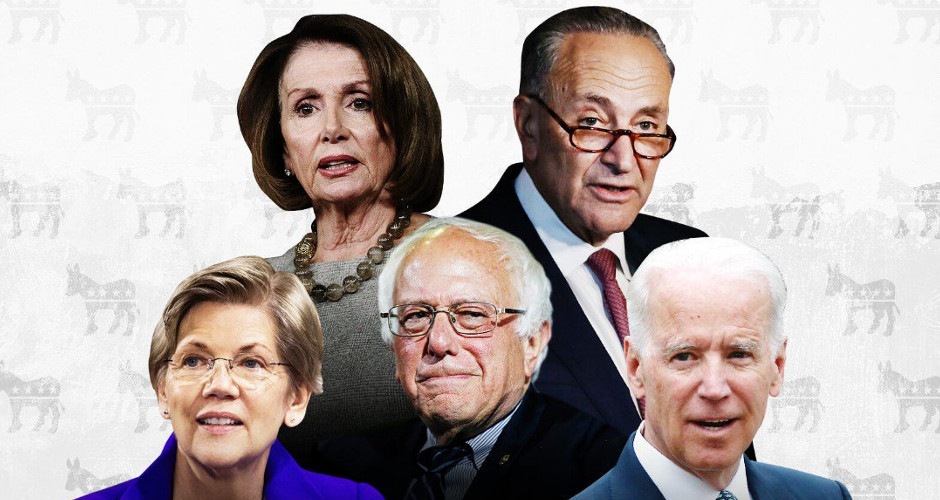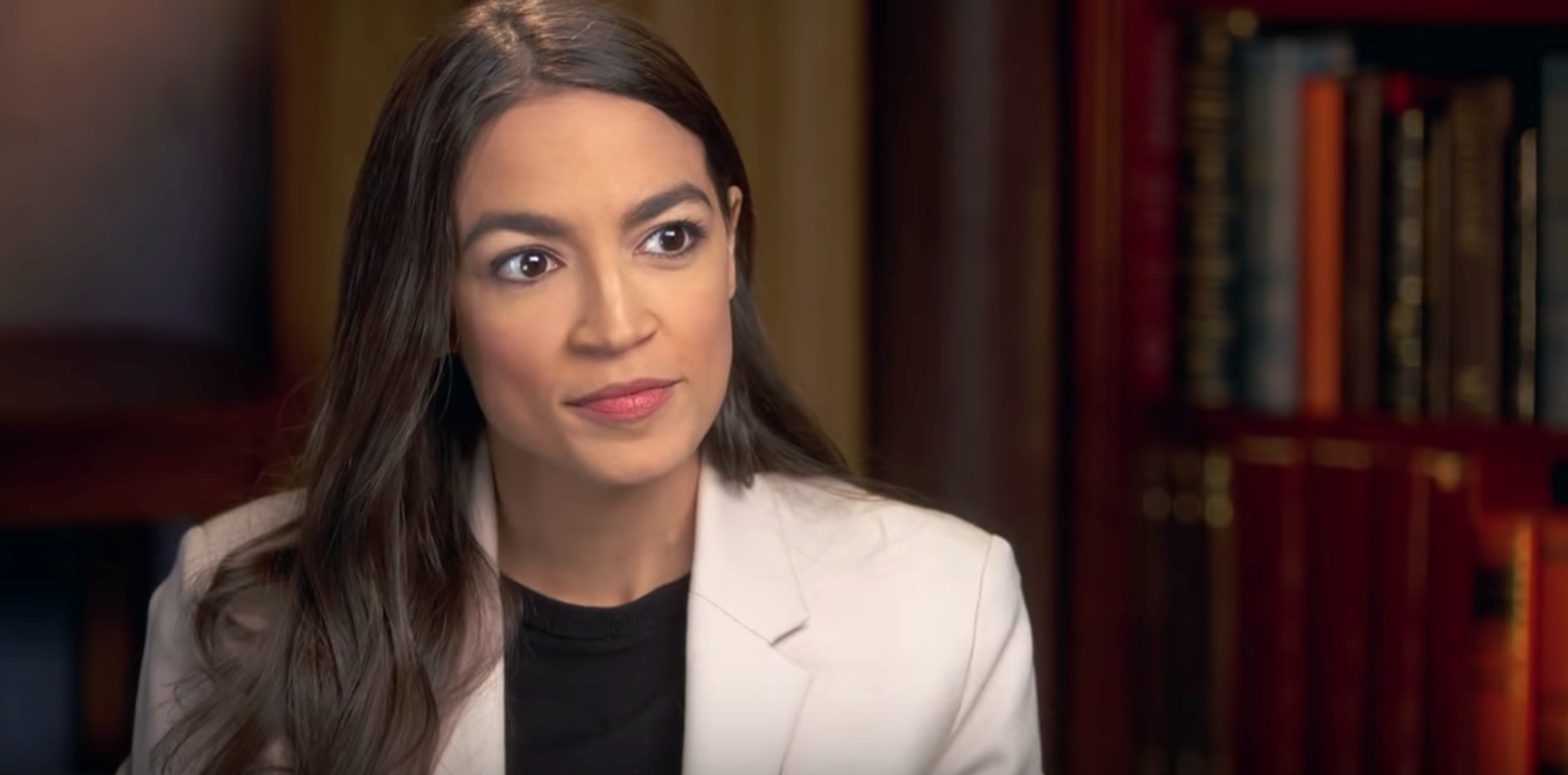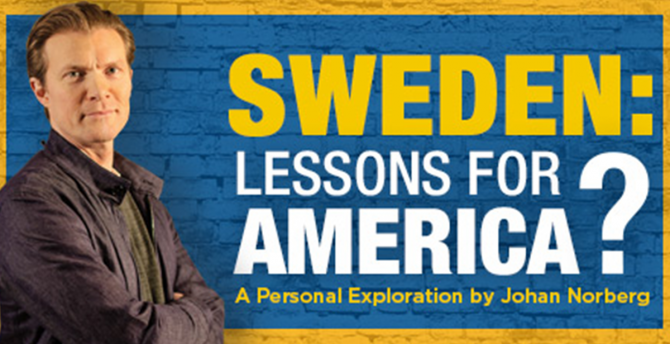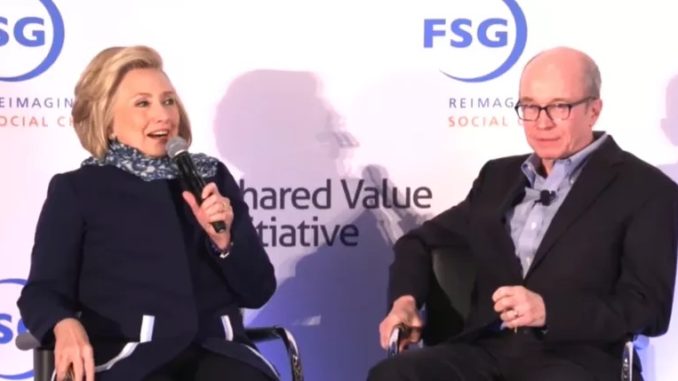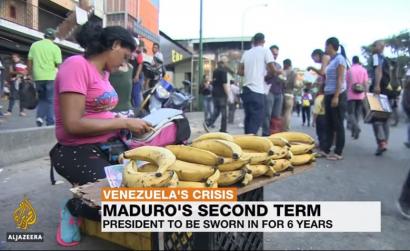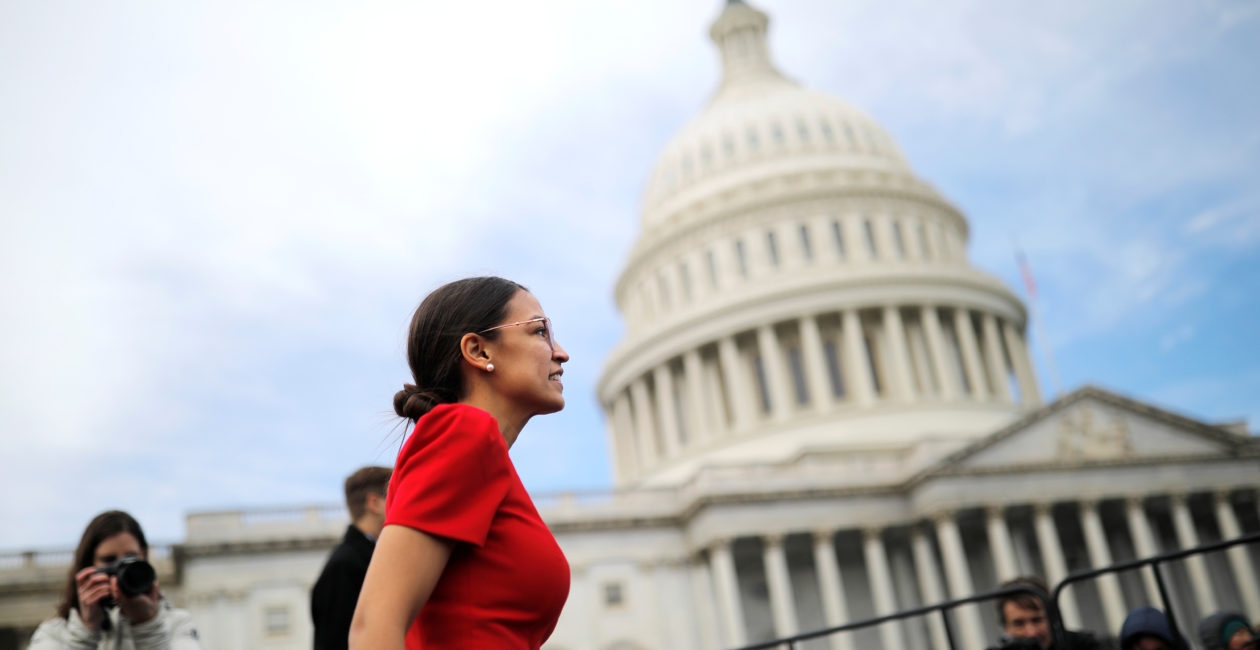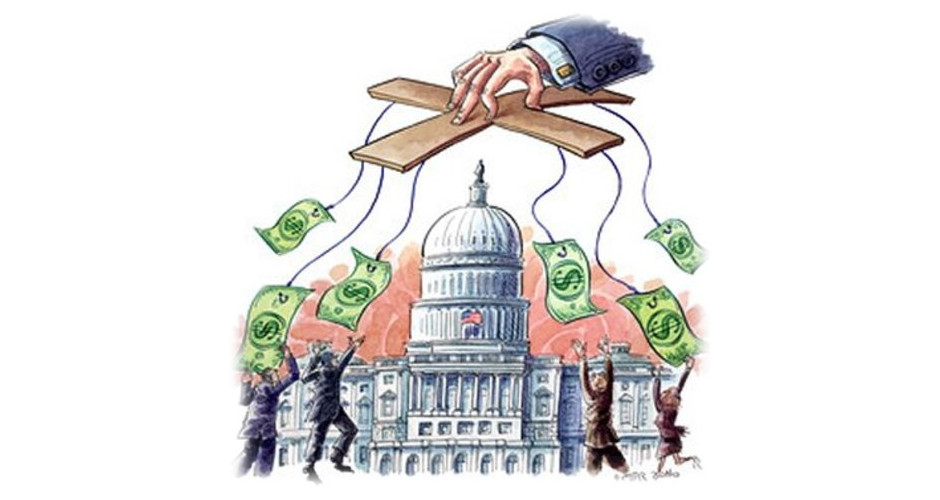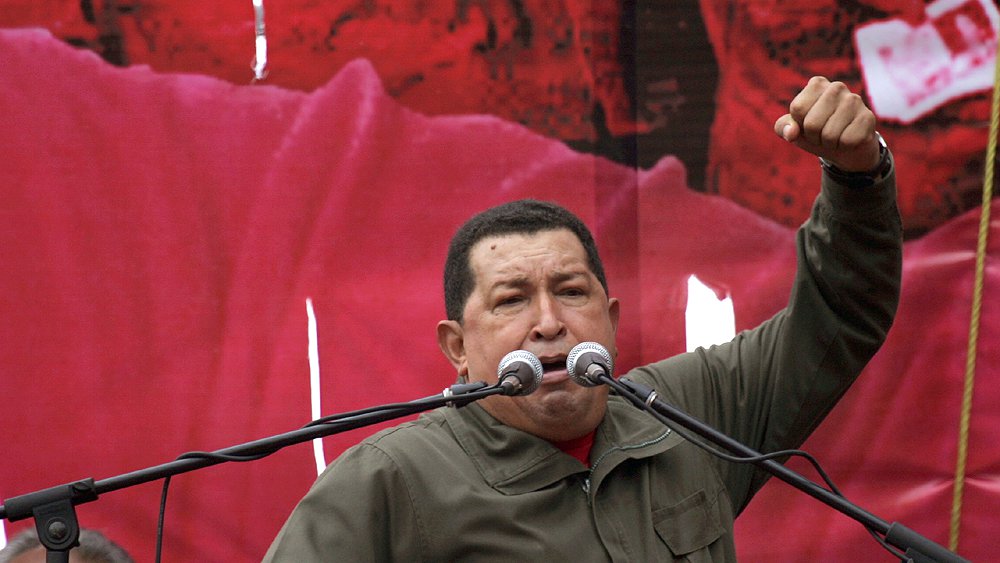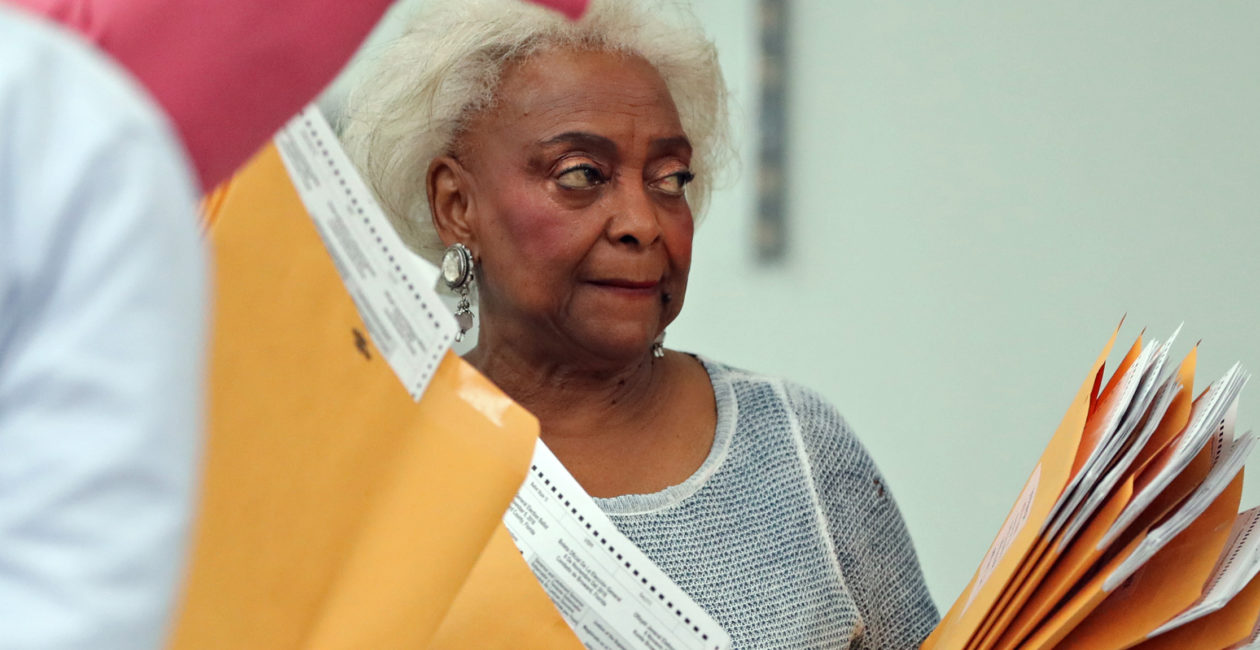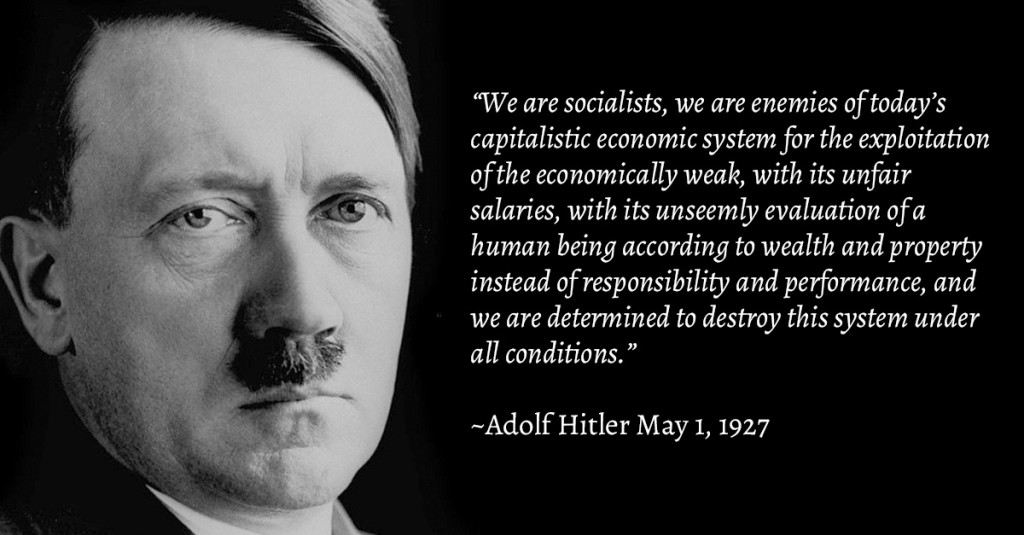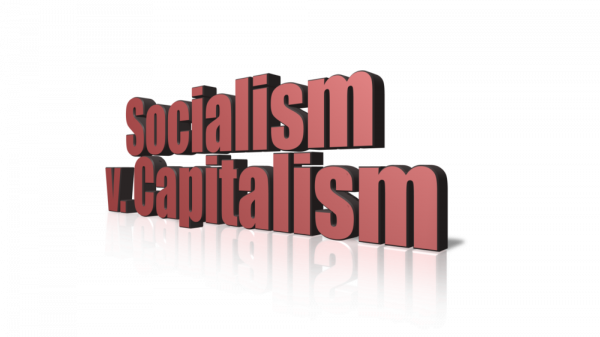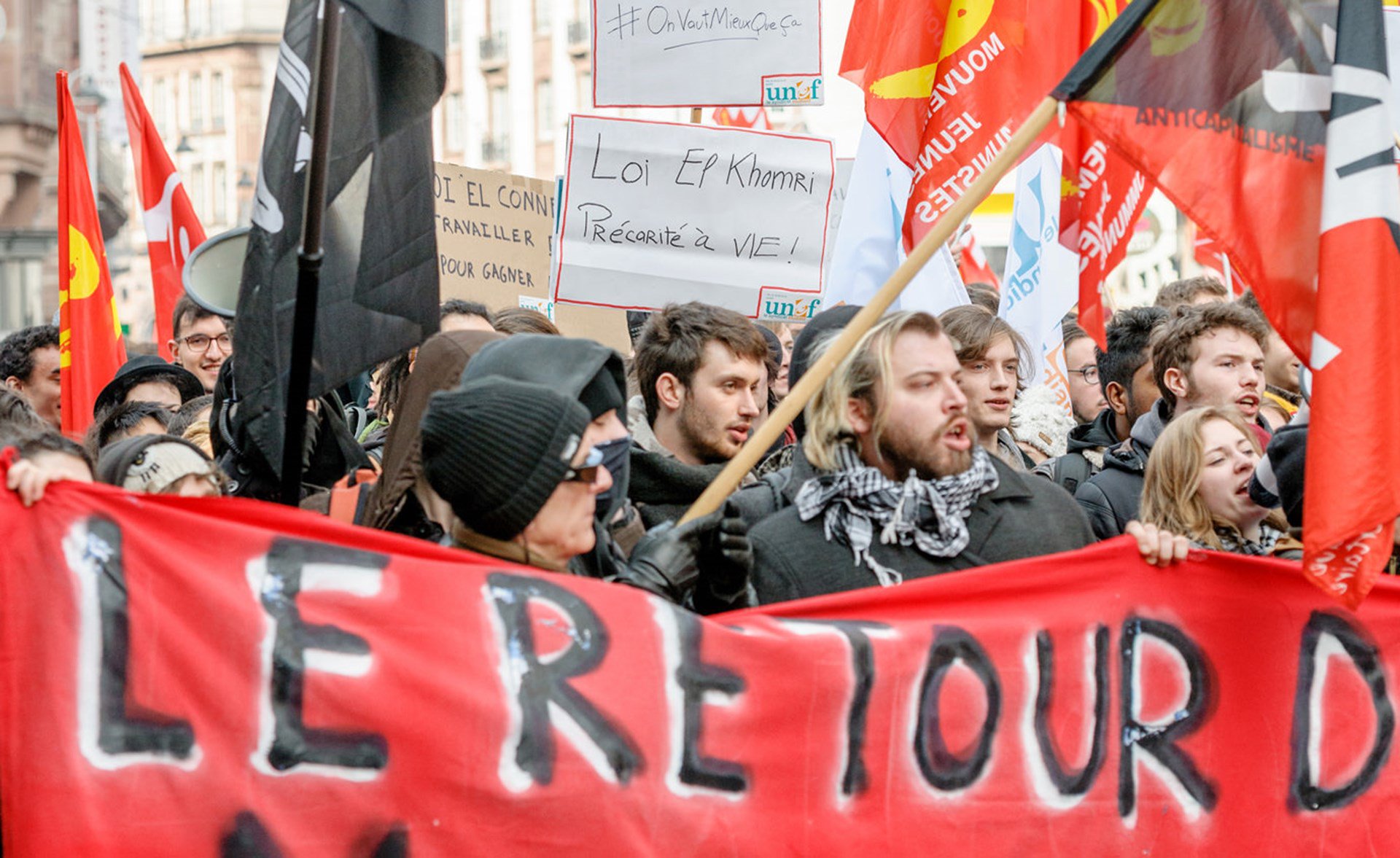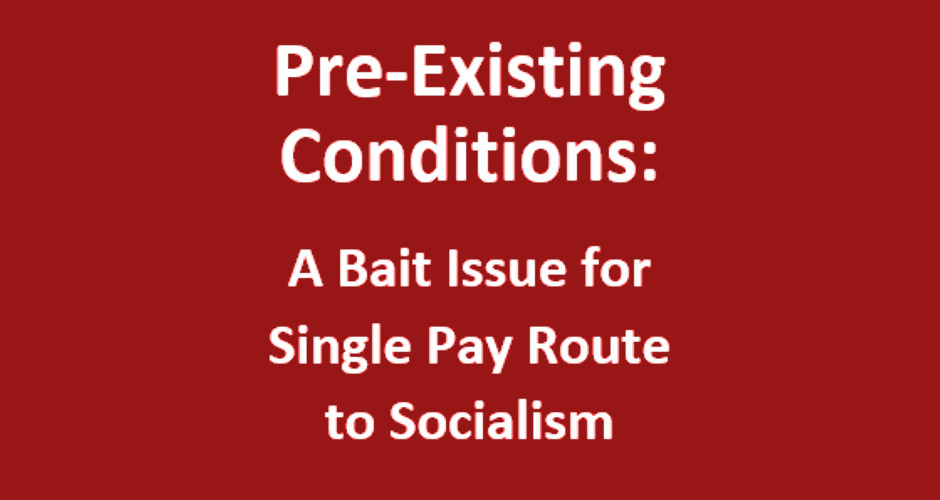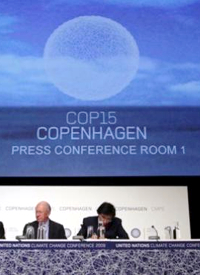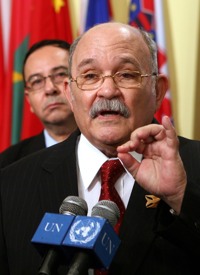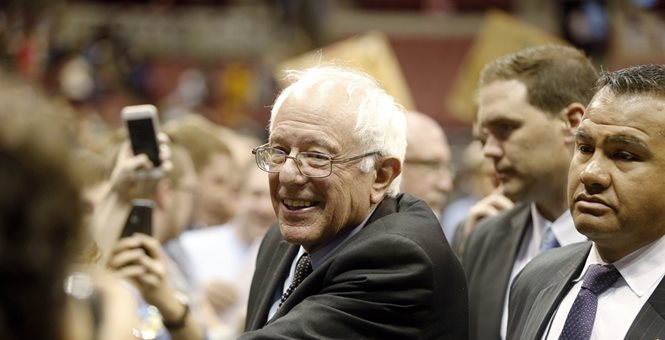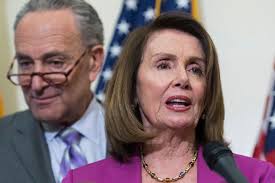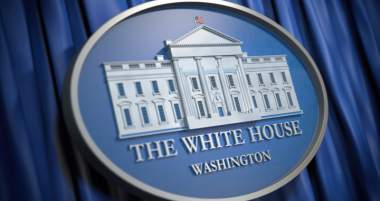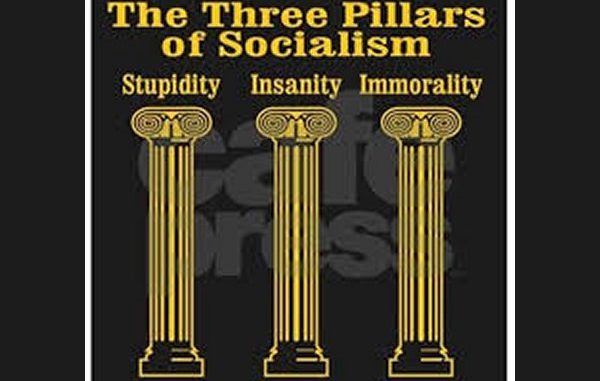10 things to hate about Sanders’ economic policy
From: reason.com By Matt Welch
Some of Sanders’ policies, too, are among the best of those major-party candidates still in the hunt. He is the only one in the field who would repeal federal marijuana laws, junk the PATRIOT Act, and shut down the National Security Agency’s domestic spying program. He was the only one to meaningfully come out against the Iraq War in real time (pending the discovery of as-yet-elusive evidence to back up Donald Trump’s claims that he too was an early and prescient critic), and he’s the most skeptical about both America’s global policing and its wasteful military budget. Unlike Trump and Clinton (and waiting-in-the-wings independent Michael Bloomberg), Sanders was against the 2005 Kelo v. New LondonSupreme Court decision enshrining the practice of private-to-private eminent domain transfers. He has been a forceful if not totally consistent critic of government bailouts and corporate welfare.
In the interregnum between Sanders’ convincing victory in the New Hampshire primary and his subsequent shellacking in South Carolina, a number of libertarian-leaning writers mused about whether, given much of the above, there was a libertarian “case” for Bernie Sanders. “With a Republican-controlled Congress—or one remotely close to its current makeup,” Andrew Kirell wrote in a widely circulated column at The Daily Beast, “President Sanders would have a tough time getting his most radical economic policies passed, leaving him to fight for the civil liberties causes that matter to liberals and libertarians alike.”
At press time, the betting markets were not bullish on a Sanders presidency—the odds were just 2 percent according to the betting/polls aggregator PredictWise on March 1. But if Hillary Clinton’s legal troubles with her private email server snowball to untenable proportions, it’s not hard to imagine Sanders going toe-to-toe with the highly divisive Donald Trump and eking out a victory. In national head-to-head polls, the democratic socialist has topped the populist billionaire 17 out of 24 times through the end of February, including five out of six in 2016 (by an average of 8 percentage points).
Such a win may not usher in the “revolution” that Bernie calls for in every stump speech, but it would mean that a sizable chunk of the electorate was energized not just by the candidate’s admirable comportment and sporadic civil libertarianism, but most of all by what has formed the core of his appeal: decidedly redistributivist and centralizing economic ideas. With any kind of coattails, some of those ideas could be translated into legislation on both the federal and local levels. And as the new boss of 4 million employees, a President Sanders would have wide latitude to convert his mandate into concrete regulatory actions, even if Congress is not quite ready to spend an additional $1.4 trillion on health care each year.
The following is not a ranking, and sadly is not definitive.
1. $15 Minimum Wage
In every campaign speech, Bernie Sanders vows to jack the federal minimum wage up to $15 an hour. This would double the prevailing minimum in about half of the 50 states.
So the same one-size-fits-all wage floor would apply to booming Columbus, Ohio, and perpetually struggling Los Angeles, despite the screaming disparity in local prices. Columbus (unemployment rate: 4.6 percent) is the fourth most affordable city in the nation, according to the Money Crashers website, with a median home price of $105,000 and median rent of $825 a month. Los Angeles (unemployment 6.8 percent) is the seventh most expensive city (according to the Expatistan cost of living index), with a median home price of $563,000 and rent of $2,655. California’s minimum wage is $10, and the city of Los Angeles last year passed a gradual hike to $15 by 2020; Ohio’s minimum wage is $8.25.
Sanders would be pushing the federal government into territory no state has yet dared to tread. Seattle, which became the first big American city to pass a $15 minimum wage ordinance in 2014, has seen since the beginning of its implementation in April 2015 the worst nine-month period of job losses since the financial crisis. Besides the economic and employment effects, drastic minimum wage hikes also boost the cost of government—in New York, which is considering the nation’s first statewide $15 requirement, estimates put the additional cost for workers just at local governments and state-funded nonprofits at $1 billion per year.
Even Sanders admits that mandating higher wages will drive up prices for Americans (“Look, the truth is, yes, you may end up paying a few cents more for a hamburger at McDonald’s,” he said during a February town hall forum). But what the candidate consistently fails to grapple with is the argument set forth by Princeton economist Alan B. Krueger—who isn’t some ax-grinding libertarian, but rather the former chairman of President Barack Obama’s Council of Economic Advisers, and the most influential academic proponent of raising the minimum wage, just not that high that fast.
“$15 an hour is beyond international experience, and could well be counterproductive,” Krueger wrote in The New York Times last October. “Although some high-wage cities and states could probably absorb a $15-an-hour minimum wage with little or no job loss, it is far from clear that the same could be said for every state, city and town in the United States.…The push for a nationwide $15 minimum wage strikes me as a risk not worth taking.”
2. Free College Tuition
Bernie Sanders hates rich people so much, reason‘s Robby Soave has noted, that he wants to send their kids to college for free.
The Sanders higher education plan goes like this: free tuition to every public university in the country, paid for by a tax on Wall Street. So Virginia’s College of William and Mary, currently ranked sixth in U.S. News & World Report‘s list of top public universities (and ranked second for in-state tuition at $17,656), would cost the same as my semi–alma mater Long Beach City College, which currently clocks in at $1,104.
Why is evening that score advisable, let alone necessary on the federal level? Because, as Sanders wrote in The Washington Post last October, “We live in a highly competitive, global economy, and if our economy is to be strong, we need the best-educated workforce in the world.” Besides: “In Finland, Denmark, Ireland, Iceland, Norway, Sweden and Mexico, public colleges and universities remain tuition-free. They’re free throughout Germany, too.”
But by Sanders’ own stated goals, he’s trying to apply an expensive fix to something that isn’t quite broken. The United States has a higher rate of college enrollment than every country Sanders listed except tiny Finland. The graduation rate, too, is higher than all except Norway and Ireland. The U.S. is home to roughly 20 percent of the world’s international college students, according to the Open Doors Report on International Educational Exchange, attracting one million foreigners to its higher ed institutions, compared to just 300,000 Americans studying abroad. In many countries where tuition is at or near zero, there is little incentive to build new universities, and competition for the scarce number of slots is brutal.
America may have some of the most ridiculously expensive undergraduate experiences—10 universities charge more than $50,000 a year, according to U.S. News—but it also boasts an extensive system of state schools, low-cost private options, and online courses. And the sticker shock that Sanders is responding to is largely a result of the federal government trying to make post-secondary education cheaper: As the New York Federal Reserve found in a study last year, higher ed institutions that were “more exposed to changes in the subsidized federal loan program increased their tuition disproportionately around these policy changes, with a sizable pass-through effect on tuition of about 65 percent.” In other words, when the federal government tries to make college cheaper, it often ends up paradoxically boosting prices.
3. Universal Pre-K
For more than a decade, government preschool has been a dream of liberal reformers, from Rob Reiner to Hillary Clinton, Bill de Blasio to Bernie Sanders. It’s a can’t-miss pitch to any bleeding heart: Help the most vulnerable kids! But study after study has shown universal pre-K just doesn’t work.


